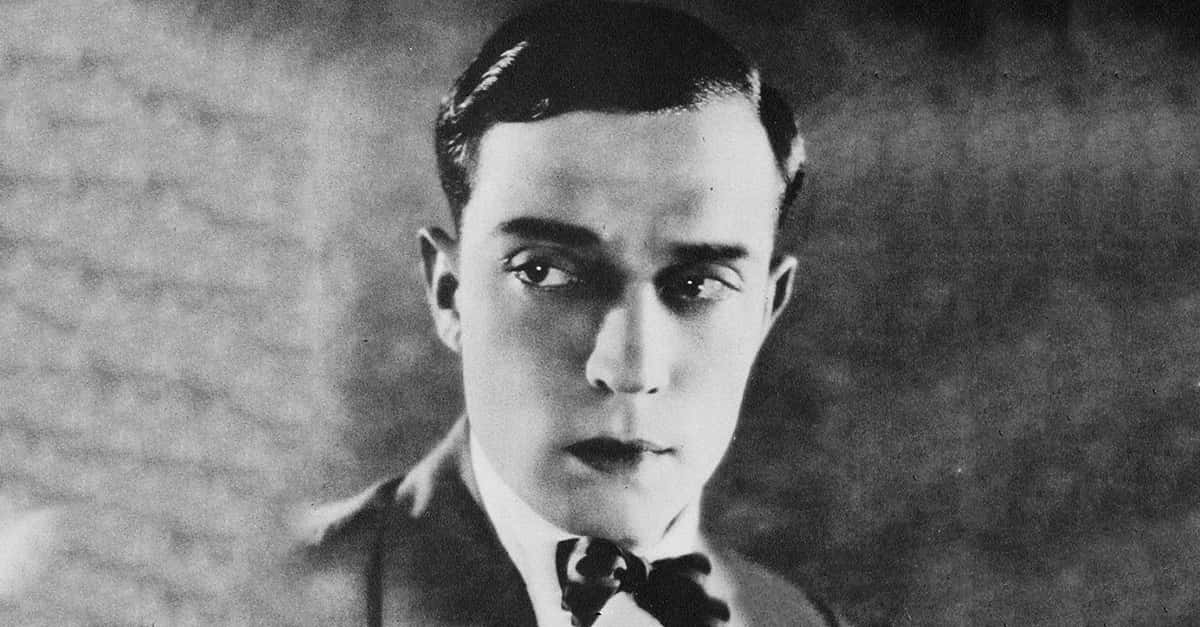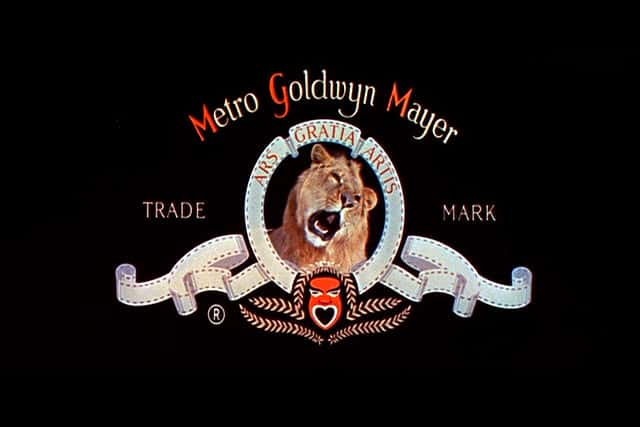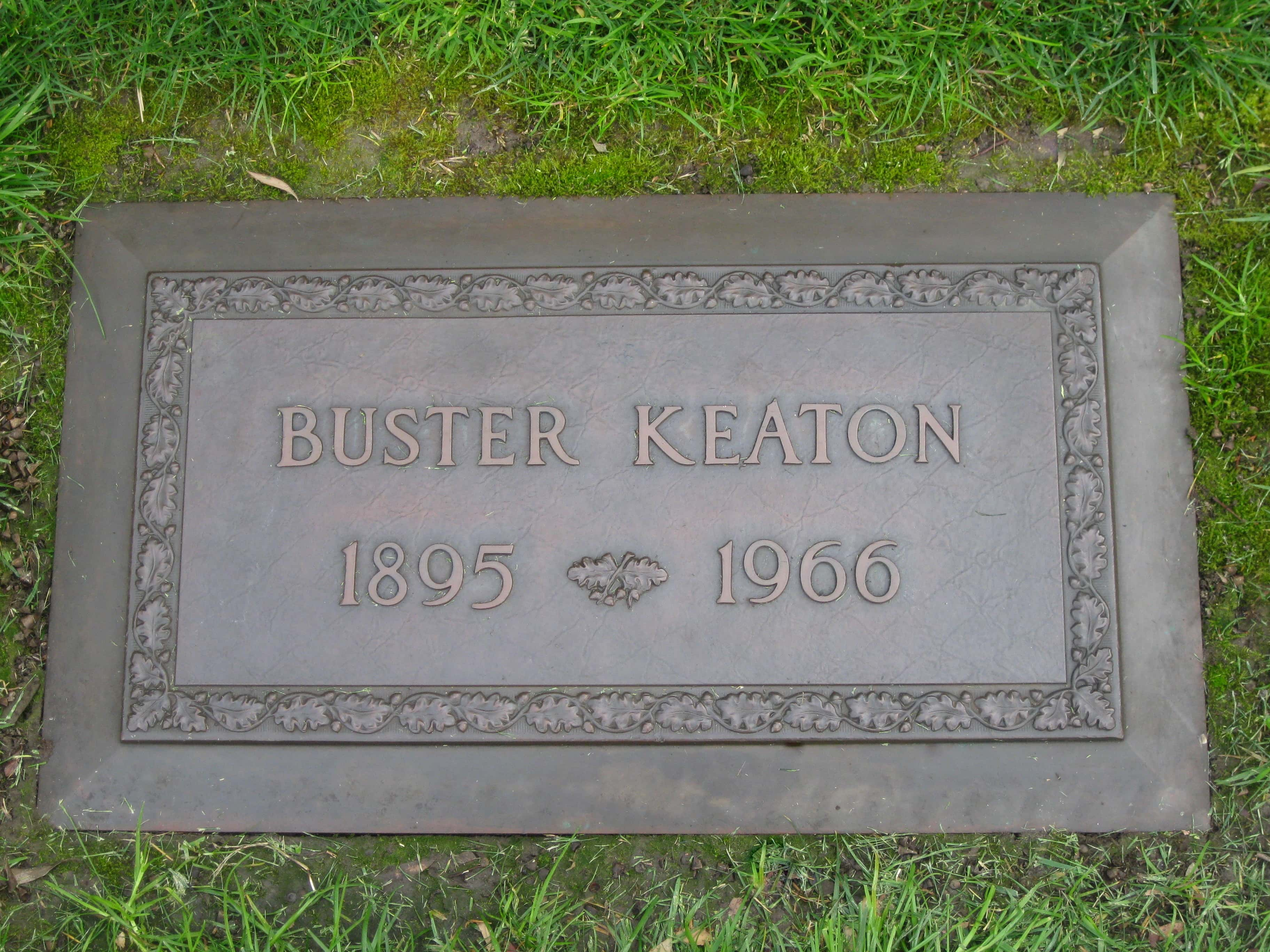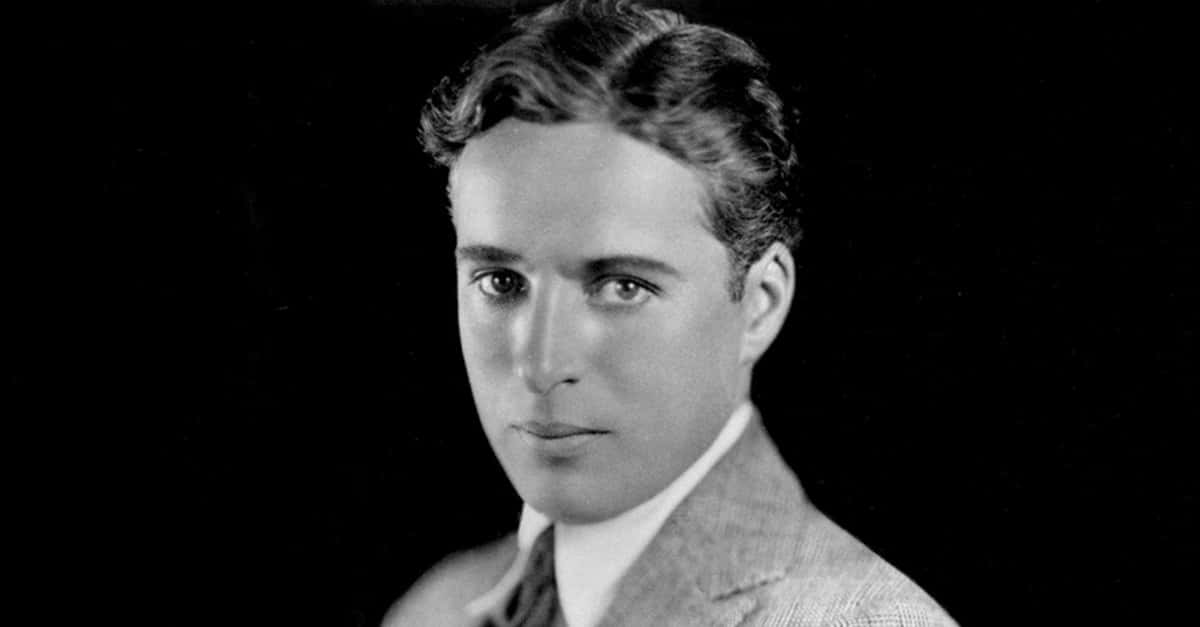In case you missed it, here are parts 1 and 2 of The Life and Times of Buster Keaton.
Buster Keaton was one of the greatest stars of the silent-film era. His absurd, hilarious, and death-defying stunts, all performed with his trademarked deadpan expression, enthralled movie audiences. But as the 1920s waned, things took a turn for the worse. The General, Keaton’s sprawling, big-budget magnum opus, flopped. The talkies started to take over the industry, and the magic of The Great Stone Face didn’t work as well outside of silent film. To try and keep afloat, Keaton signed a contract with MGM Pictures, a misstep he’d later name as the greatest mistake of his life.
His MGM movies were all mediocre at best—unsurprising, given the fact that the genius Keaton was given very little creative control. These career struggles all coincided with problems at home. His first marriage was always fraught, and in 1932, his wife left him for good, taking their two sons with her. He wouldn't see the boys for years.
The Great Depression
It seemed the dream had ended for Keaton, and he fell into depression and alcoholism. He was even sent to a mental institution in the early 1930s. Times were dark, but the performer in him couldn't be silenced—he wowed his doctors by escaping from a straitjacket using tricks he’d learned from Harry Houdini in his Vaudeville days. He might have been down, but Buster Keaton was still Buster Keaton.
Even so, the early 1930s were a blur for this fallen star. He got married for a second time, to his nurse Mae Scriven, in 1933. His alcoholism was so severe at this point that he later claimed he remembered nothing about the ceremony, and Scriven would later say that he didn’t even know her first name until after they tied the knot. Not exactly a recipe for marital bliss.
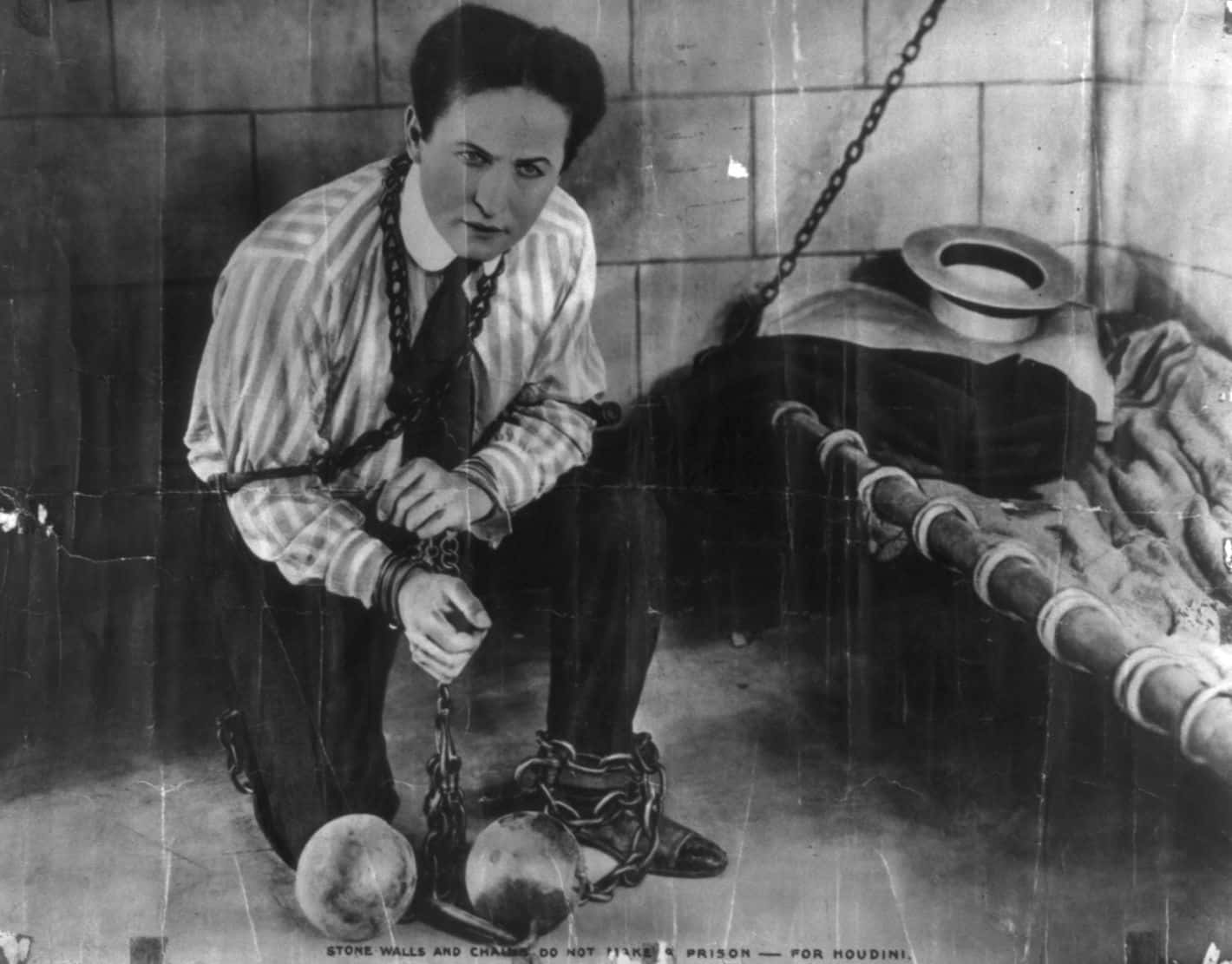 Wikimedia Commons Harry Houdini
Wikimedia Commons Harry Houdini
By 1934, Keaton had his contract with MGM terminated. This sounds like a good thing, but it had been his only source of income. He was forced to declare bankruptcy with only $12,000 to his name. Though he was trying, it was all a far cry from the roaring 20s, when his career was booming and he could do no wrong.

Sign up to our newsletter.
History’s most fascinating stories and darkest secrets, delivered to your inbox daily. Making distraction rewarding since 2017.
Dark Days
To make a bad situation even worse, Scriven caught Keaton cheating just a year after they married. She divorced him too, leaving him with next to no money and two ex-wives to support. Keaton spent the years after his MGM contract was terminated just scraping by, working as an uncredited writer for the comedy acts that succeeded him, like legends Red Skelton and the Marx Brothers.
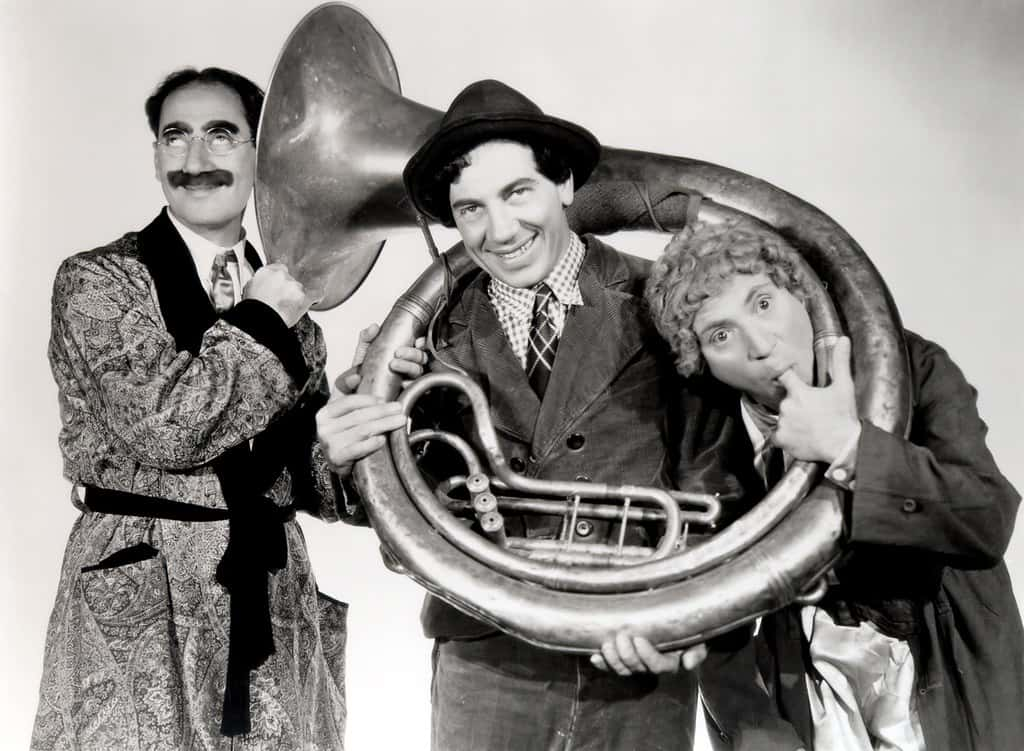 Flickr The Marx Brothers
Flickr The Marx Brothers
He was barely making any money, and nearly all of it went to his ex-wives or to the bottle. Though he had been resilient and bounced back before, it now seemed almost certain the one-time legend was bound to drink himself to death in utter obscurity. Then, just as everyone thought he had hit rock bottom, The Great Stone Face proved he wasn’t finished yet.
The Love of a Good Woman
Things began to turn around when Keaton married a younger dancer named Eleanor Norris in 1940. Though Keaton hadn’t exactly been lucky in love up to this point, Norris helped him get his life back together. She curbed his drinking and gave him some measure of stability. Though his previous two marriages had been relatively brief and painful, Keaton and Norris would remain together until his death in 1966.
Though Keaton did little work of consequence throughout the 1940s, at least he was no longer drinking himself to death. Besides, he got back on his feet, and it ended up paying off. In 1952, he was extended another helping hand—this one from one of the only people in the world who could call himself Keaton’s peer: Charlie Chaplin.
Chaplin offered Keaton a role in his movie Limelight, which finally brought the Great Stone Face back into the public eye. After his appearance in the picture, Keaton started getting called to appear on various TV shows, and finally, nearly two decades after he declared bankruptcy, some money started to come back in.
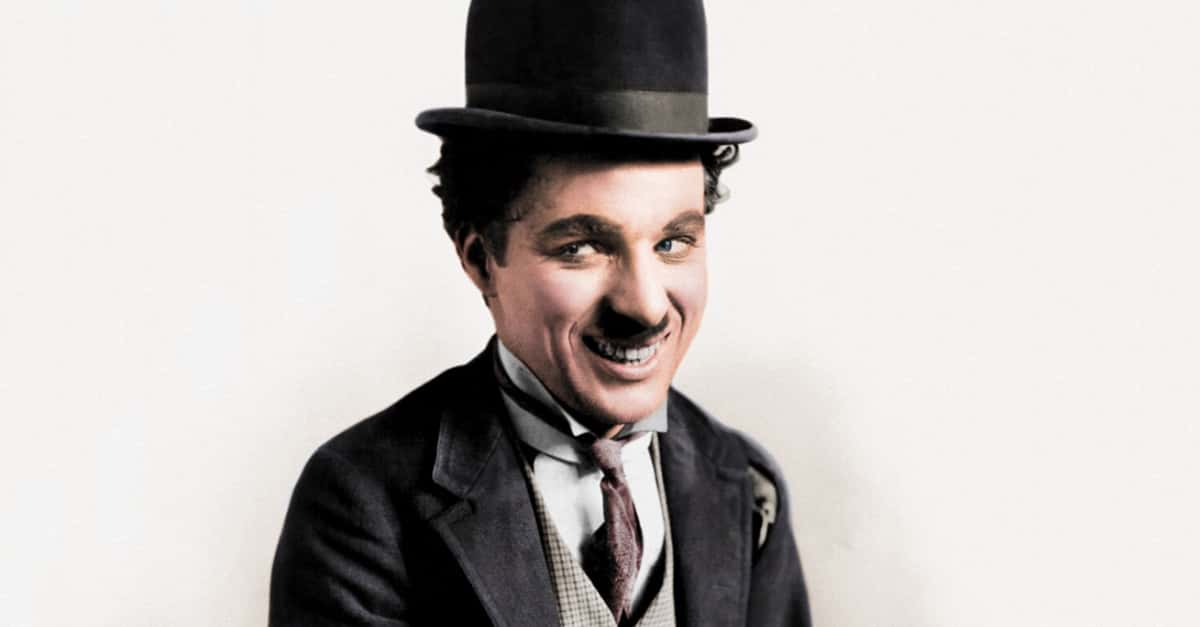 Flickr Charlie Chaplin
Flickr Charlie Chaplin
A Hidden Treasure
This career resurgence was helped along by a remarkable coincidence. Remember that Beverly Hills mansion Keaton had once owned? His wife had sold it after his first divorce, and the Italian-style villa had changed hands multiple times since then, eventually ending up in actor James Mason’s possession in the 1950s.
While exploring the house, Mason discovered Keaton’s old editing shed, which contained an innocuous-seeming vault. Within, he found a massive trove of Keaton’s old silent films. Apparently, Keaton had been interested in preserving his work, yet had forgotten about the stash in his years of alcoholism.
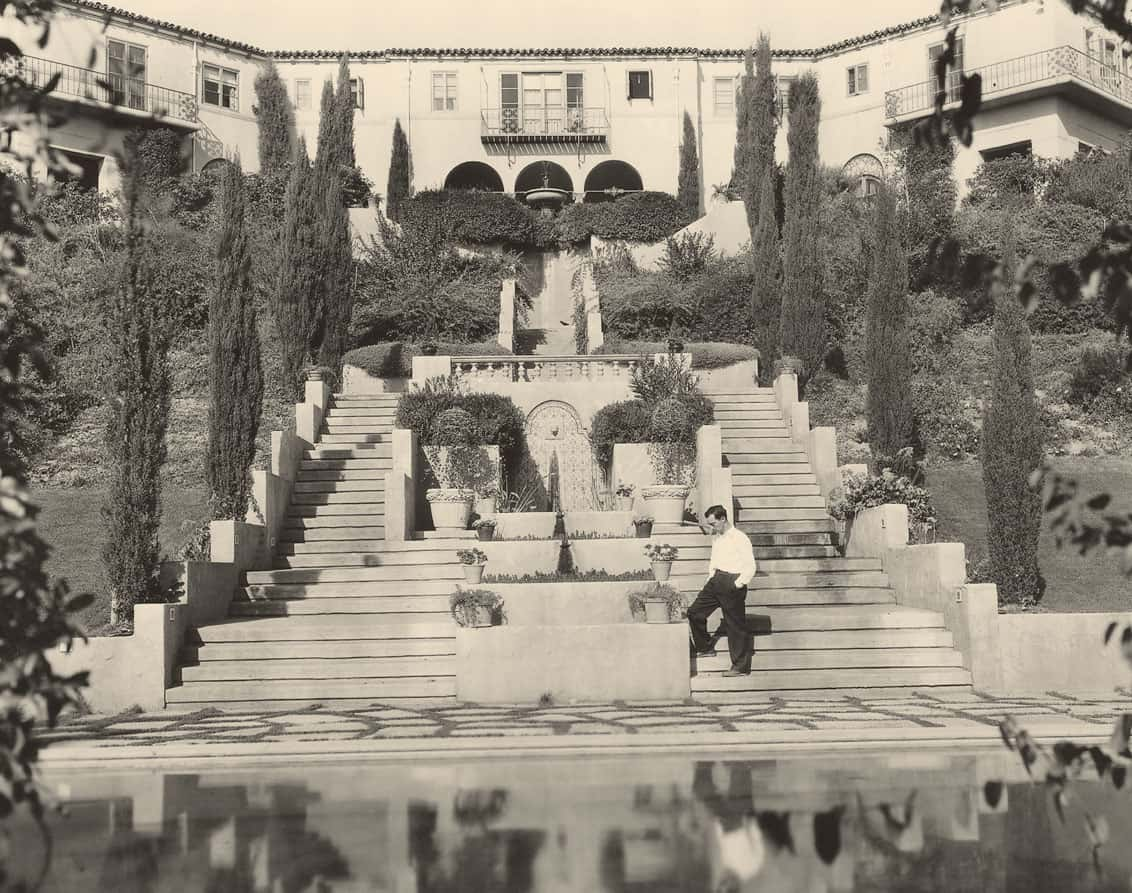 Wikimedia Commons Buster Keaton's Villa
Wikimedia Commons Buster Keaton's Villa
It was almost too good to be true. Right as Keaton had returned to the spotlight and public interest in his work was piqued, here was an amazing collection of his old films, many of which were assumed to have been lost.
Masterwork
Among the reels in that old shed was a high-quality print of The General, the film that had helped destroy Keaton’s career. He re-released it in 1962 (fortunately, he’d at least kept the full rights to his early work), and it was as if his career had finally come full circle. Though audiences in the 20s didn’t appreciate The General, it received near universal acclaim when it was re-released. Keaton’s devotion to real stunts was unheard of in the 60s, and audiences fell in love with his work all over again. He was finally recognized as the cinematic legend that he is.
 Wikimedia Commons Poster art for The General
Wikimedia Commons Poster art for The General
It looked for a time like Buster Keaton was doomed to a tragic Hollywood ending, but his life managed an amazing turnaround. After nearly two decades of obscurity, he ended up back in the limelight, and managed to escape the poverty of the 1930s and 40s. In the final decade of his life, he was making as much money as he did at the height of his career—though this time, he lived a far more modest lifestyle.
Recognition at Last
In 1960, Keaton received a long-overdue Honorary Academy Award for his contributions to film. A few years later, he was invited to the Venice Film Festival to screen what would be one of his final projects—a 22-minute silent picture called Film. After the screening, Keaton received a five-minute standing ovation from an adoring crowd. With tears in his eyes, Keaton stood before the audience and said: “This is the first time I’ve been invited to a film festival, but I hope it won’t be the last.”
Sadly, it would be. He died just months later.
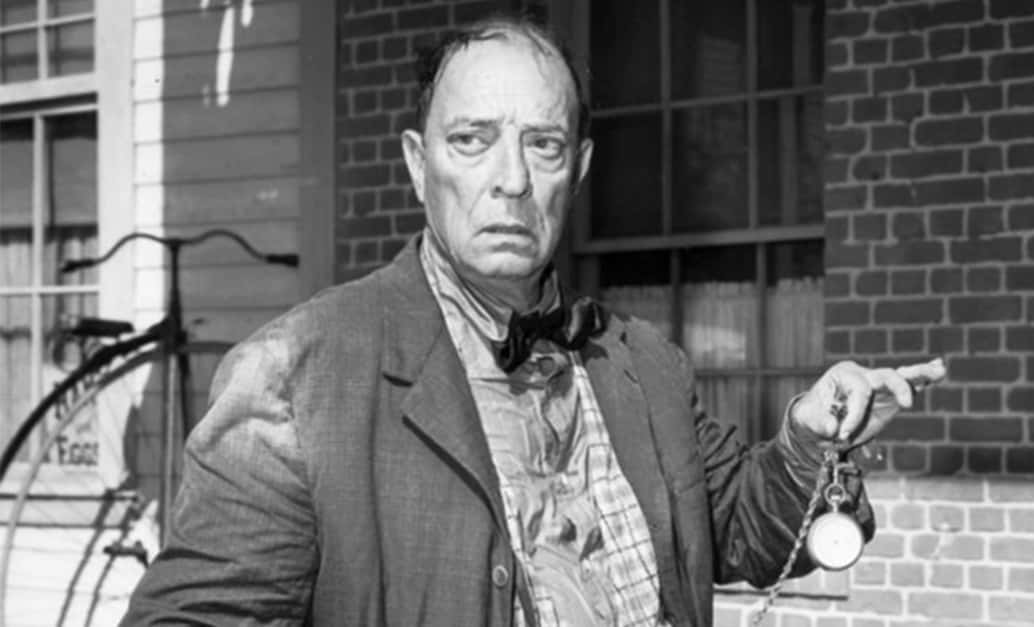 Wikimedia Commons Buster Keaton in 1961
Wikimedia Commons Buster Keaton in 1961
Final Days
Buster Keaton died of lung cancer on February 1, 1966. He was 70 years old. Though the cancer was diagnosed a month earlier, Keaton had no idea what was coming. His family never told him—he thought he just had bronchitis. He spent his final days restlessly pacing the hospital, wondering why he wasn’t allowed to go home. He was alert and jovial to the very end, even playing cards with friends the day before he passed.
But while he didn’t know that death was coming, at least he died knowing that his work was appreciated. The boy who’d been born on a Vaudeville stage, who had never known anything but to entertain, whose pioneering work in film is still beloved to this day, nearly ended his life in the gutter. Thankfully, he got the happy ending he deserved.

